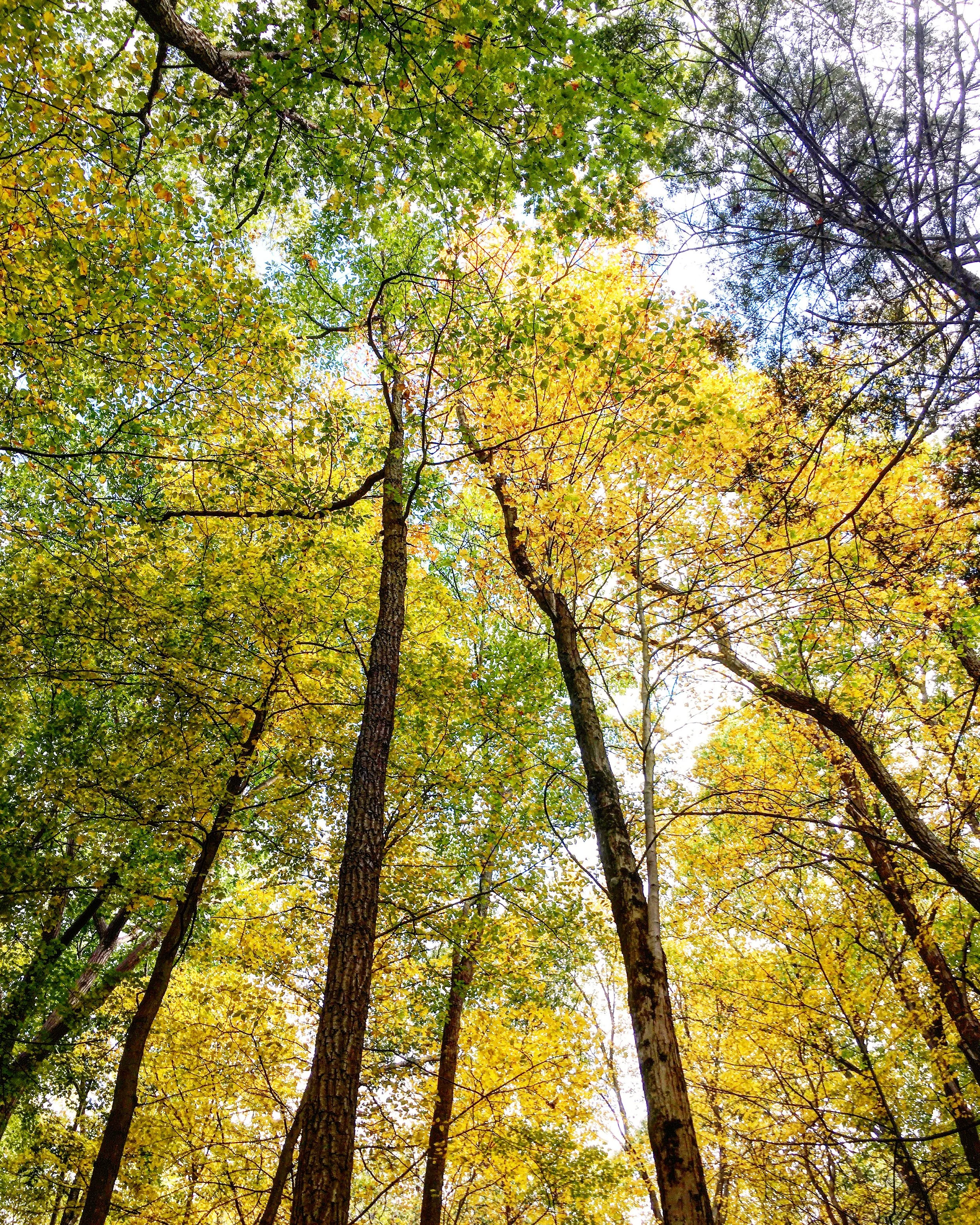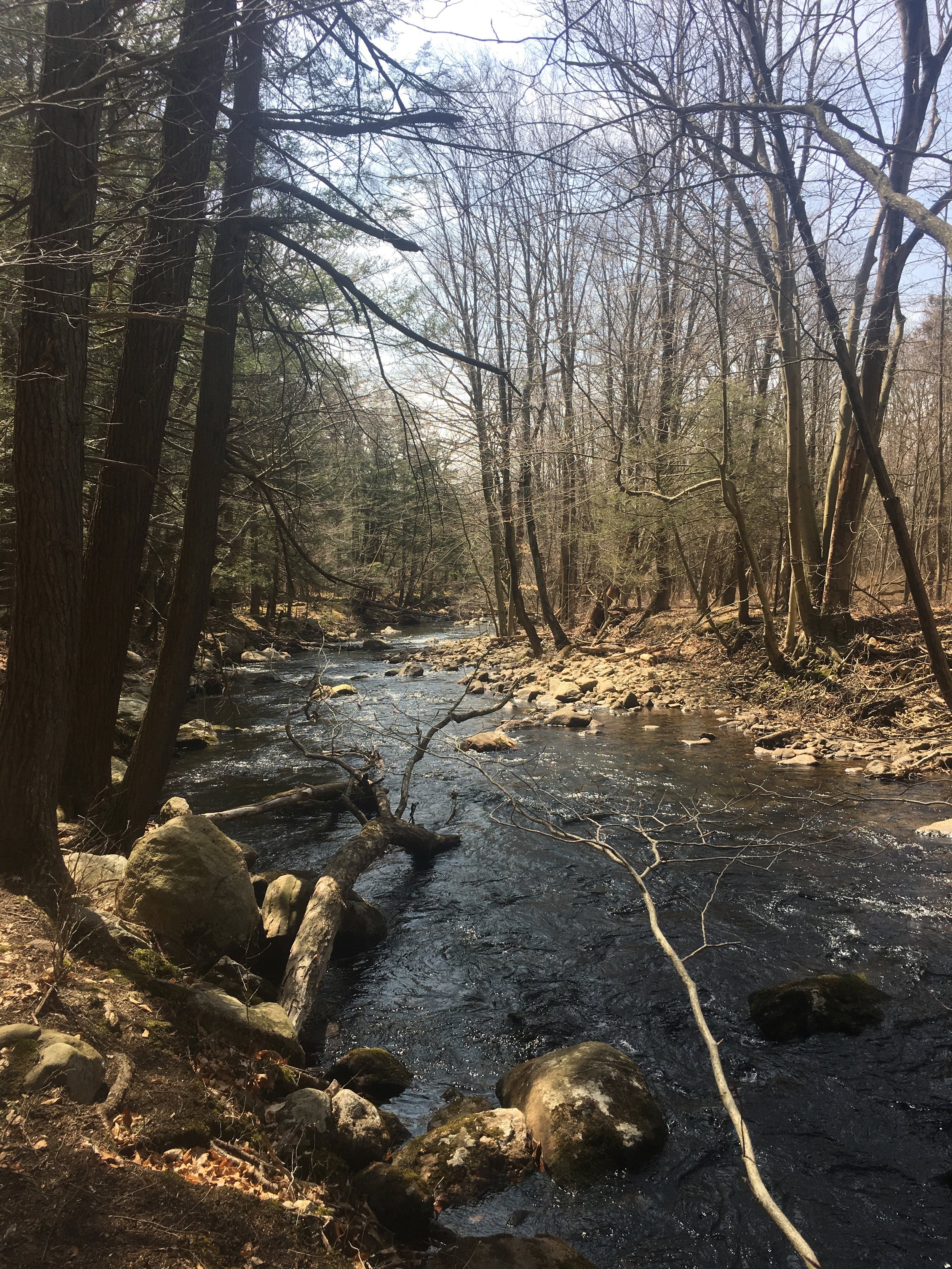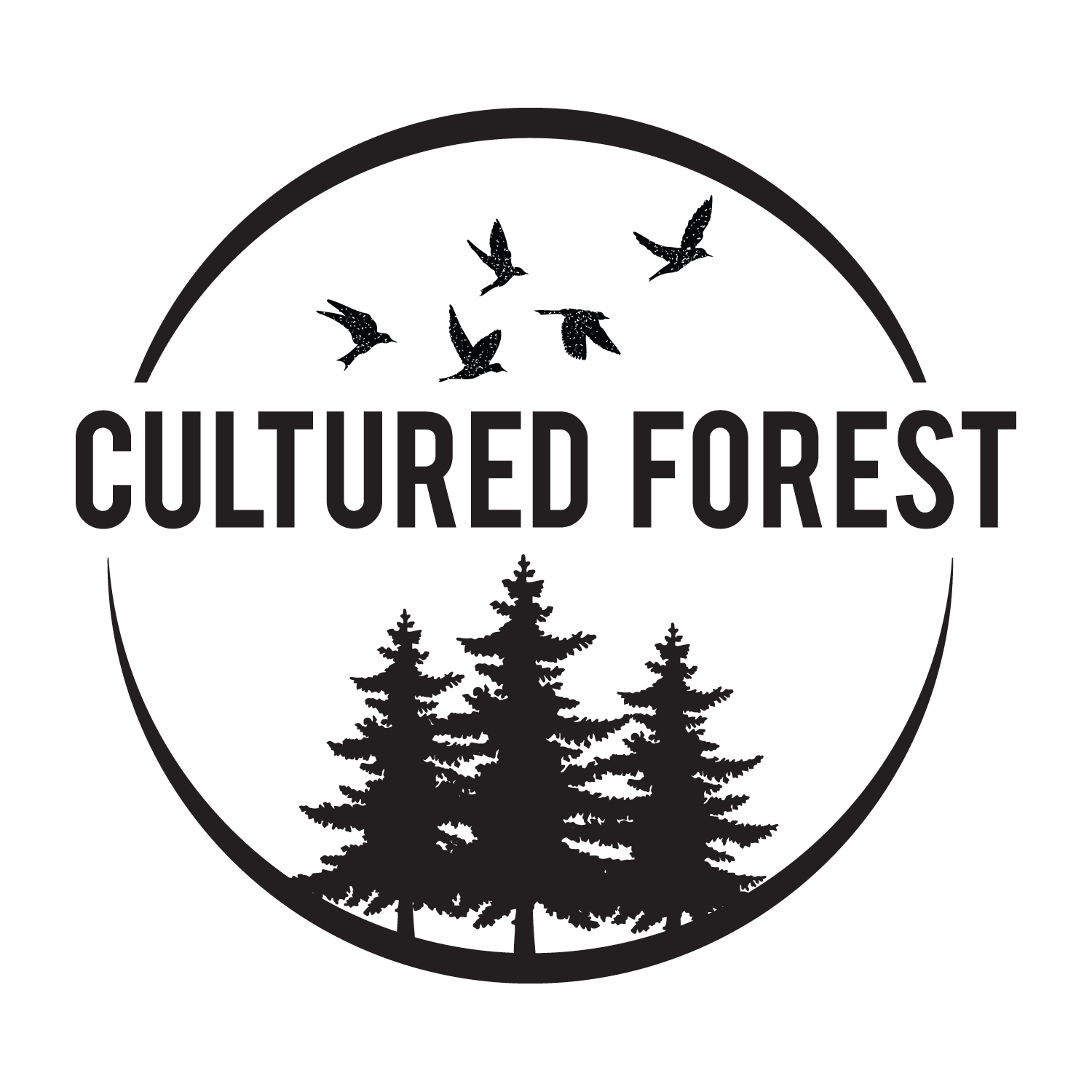Shinrin-Yoku or “Forest Bathing” is a practice originating in Tokyo, Japan as a method of connecting with Nature for Health Benefits and Stress Relief. It has been shown to lower blood pressure, heart rate and reduce the stress hormone Cortisol. While it may seem you need to be in a lush forest to get all of the benefits, simply taking time in a nature place like an urban park to connect with your thoughts and surroundings can be equally as beneficial. And a practice that developed in a fast paced and crowded city like Tokyo is perfect for New York City. So we share with you several of the places that we frequented in the Greater New York City area to get our Nature Fix.
Part I: Forest Bathing In Manhattan
One thing we always encourage is finding small green spaces or trees near your apartment or on your commute into the office. Take time to touch trees as you pass them and generally feel grateful for what the shade and oxygen they provide. Here is our working list of just a few hidden gems for a bit of a Nature Escape. This is a work in progress, so please know there are several spaces we haven’t yet mentioned!
Hudson Yards
If you haven’t been to Hudson Yards lately there is a lovely park with fountains and varieties of coniferous trees just North of the Hudson Yards grounds. The square in the area is filled with trees and benches where you can take a break and even look out on the Hudson River. If you take your time to wander a bit, especially underneath the High Line at 10th Avenue and 30th you will find a small garden. Several of the apartments in the area have beautiful plantings. And while you are there stop by Mercado Little Spain for tapas or head into the The Shops at Hudson Yards for Ice Cream at Van Leeuwen.
Whole Foods Hudson Yards
The Whole Foods in Hudson Yards is one of the largest in the city and is a great place to stop and cool down, pick up a treat and sit on their terrace that looks out onto the Highline. With tree plantings, flowers and benches it is a perfect place to look down on the city. If you head to the eastern entrance you will find more green space, grace and a view of the Empire State Building with several restaurants to enjoy.
The High Line NYC
The High Line is one of our favorite places to combine both art, architecture and trees. Much of the High Line is dedicated to local New York Flora. You will find a variety of flowers and herbs such as mint leaves. Each season brings its own delights. The best time to go is on a weekday. Or even better, go during a rainstorm or after the snow. You will be sure to have the whole place to yourself. And if it is a Forest vibe you seek don’t miss the most southern end which has a small garden of beautiful white birch trees. When you finish head over to Chelsea Market for any combination of treats. And don’t miss the hundreds of free Art Galleries that reside right under the High Line in the Chelsea Gallery district. This park exemplifies how a green space can transform a neighborhood.
Hudson River Park
Be sure to visit the Hudson River Park that runs all the way from Battery Park City to 59th street on the West Side of Manhattan. The Battery Park portion includes pathways that wind under trees and views of the Statue of Liberty. Around 20th street you will begin to see gardens full of flowers and plenty of lawns where you can lay down on the grass and look up at the sky or enjoy sunset views of New Jersey.
Battery Park
On the most southern end of Manhattan you can explore bountiful flower gardens and enjoy watching the water as you look out on views of the Statue of Liberty. There is even a large walk way lined with large trees if you feel the need to feel a canopy above you. In the Battery Conservancy you will find a walking meditation path where you can wander concentric circles. It was created a year after 9/11 to remember the lives lost and provides a perfect location for contemplation. There are several serene bike paths through this area where you can see spring flowers while looking up at the impressive architecture nearby.
Thompson Square Park
This park is a lovely oasis among the delicious variety of foods you will find in the Lower East Side. There are plenty of large trees that you can get up close to or contemplate from a bench. You will often find Hawks in this park, so it is the perfect place to marvel at how Nature continues to thrive in the city. It also has a great dog park divided between small and large dogs and hosts one of the best pet halloween events in the country.
Washington Square Park
If it is entertainment you seek while you do a bit of Urban Forest Bathing, Washington Square is perfect for you. Set among pre war buildings and the NYU campus you can find any variety of trees to lay under and watch as they blow in the wind. And most likely you will find some sort of performance artist in the area along with a fountain where you will see many locals cooling off in during the summer. We particularly like the coniferous trees found here, which are prized in Japan due to the phytoncides they release which are shown according to research in Japan to boost killer t-cell activity.
Washington Square Village Garden
When visiting NYU, don’t forget to drop by this lovely little Japanese inspired garden designed by Hideo Sasaki. In the Spring you won’t want to miss the blossoms of the Crab Apple Trees. In any season you will find Japanese Maples and Weeping Willows. It is an unsuspecting natural oasis housed between several large buildings, but when visiting you will feel as though you have stepped into another time and place.
Elizabeth Street Garden
Elizabeth Street Garden is a one-acre community sculpture garden in the Nolita neighborhood of Manhattan, New York City, located on Elizabeth Street between Prince and Spring Streets. It is nestled among buildings and filled with sculptures and lovely benches where you can cool off from the city heat and listen to the sound of birds. It feels as if you have stepped into a European city when you visit this garden.
Union Square Park
Unions Square Park is the perfect place to pull up a seat on the stairs and people watch. It features lovely magnolia trees and often you will find the Union Square Farmer’s market where you can sample products from locally featured farms. It is especially fun to stop by in the Fall and sample varieties of apples that come from Upstate New York. Additionally, it is fun to take a peek at the dog park here and enjoy the variety of dogs you might find in New York City.
Madison Square Park
Madison Square Park is perfectly is situated at a three way intersection that looks at the historic Flat Iron building and the New York Life building with it’s impressive clock tower. You get a bit of financial district vibe sitting on the cusp of hip downtown. It is close to shopping on 5th avenue as well as fun restaurant choices. This park is known for its impressive art installations, often themed around connecting with the natural world. If you like flowers, be sure to visit in the Spring for the impressive Daffodil, Camelia and Hydrangea collections. Pick up a scoop of gelato at Eataly or stop by Shake Shack conveniently located in the park and sit back enjoying the sights and sounds of the surrounding NYC.
Bryant Park
If you need a break from the hustle of Times Square, head over to Bryant Park which is set in the middle of several high rises that reflect the blue of the sky around you. On the South Side you will find several fun restaurants and desert shops that you can stop by and then carry over the park. There is something here for every season including a holiday market and skating rink in winter and movies in the park for summer. It is backed against the New York Public Library so you can enjoy looking up at and appreciating the sheer size of this building. This is an ideal place to meet colleagues and reset when the noise of the nearby streets becomes a bit much. Don’t forget to drop in to the amazing Japanese Bookstore Kinokuniya. If you want to have a legitimate Japanese Shinrin-Yoku experience pick up some Japanese take-away on the second floor to enjoy at one of the tables in Bryant Park.
Greenacre Park
Greenacre Park is a privately owned, publicly accessible vest-pocket park located on East 51st Street between Second and Third Avenues in the Turtle Bay neighborhood of Manhattan, New York City, designed by Hideo Sasaki, former chairman of Harvard’s Dept. of Landscape Arch., in consultation with architect Harmon Goldstone. It features a surprisingly tall (25 feet) and relaxing waterfall and also features a brook for those who seek a bit of water element to drown out the surrounding city sounds. It is a perfect lunch hour spot for anyone who works in the Midtown East area. It is on the National Register of Historic places.
The Hallett Nature Sanctuary in Central Park
This nature sanctuary is well hidden right in the middle of Manhattan. You’ll find it at the southern most end of Central Park. It truly is a mini-forest in the city. Enjoy a small cliff to sit on and watch birds bathing, short paths nestled among trees and even a bit of rocky terrain. There are several outlooks onto the park and it feels as if you are nestled in a safe haven away from the hustle and bustle. It’s especially lovely to go in the Fall and see the leaves in all their colors fallen on the ground.






